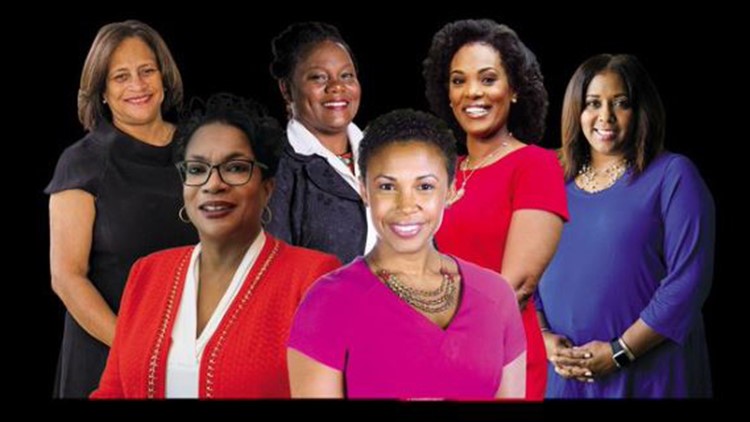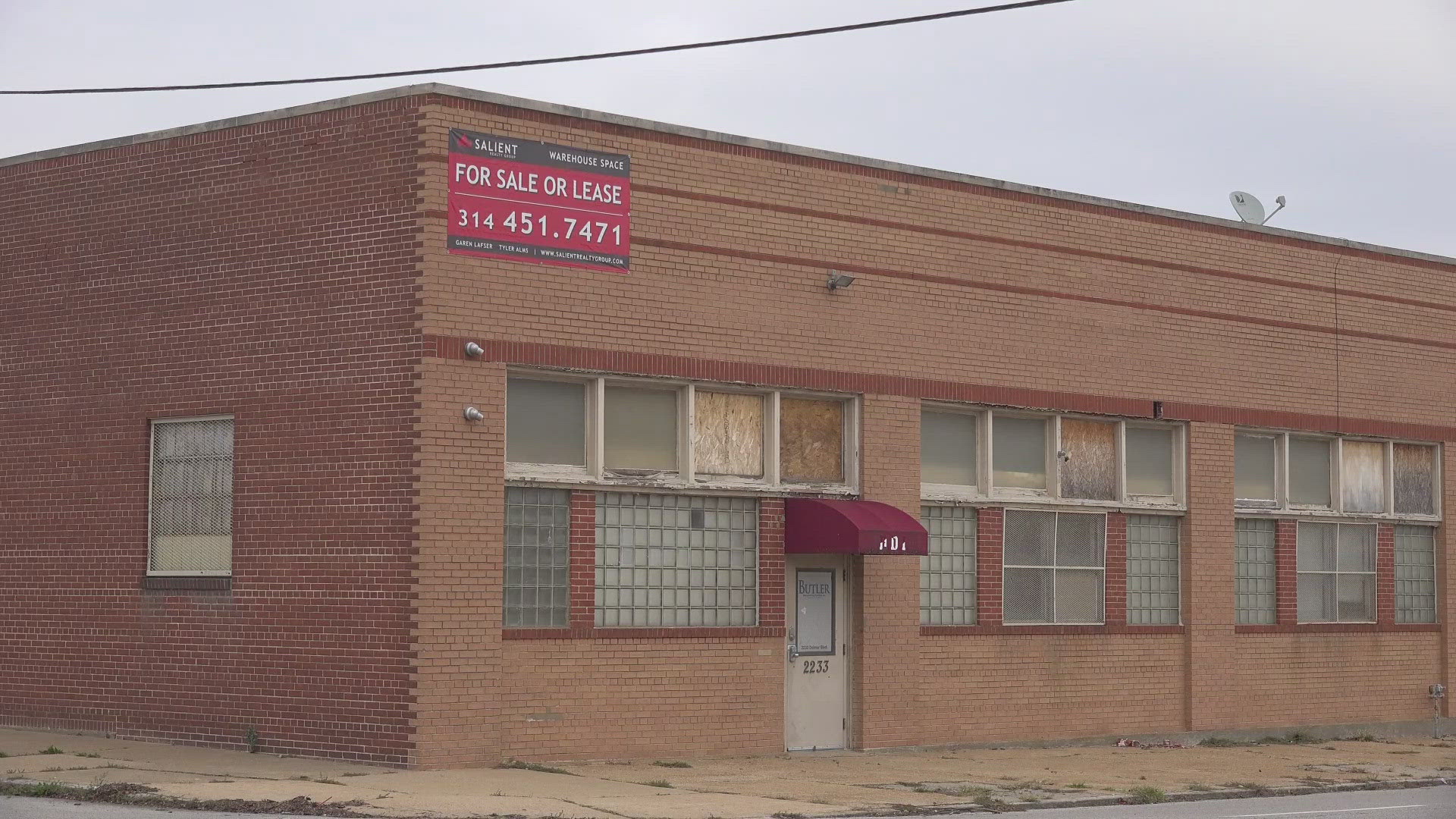ST. LOUIS — It was the week after George Floyd’s killing, and Rich Liekweg was stirring with emotions.
The senseless killing of another Black man by a white person in power prompted Liekweg, president and CEO of BJC HealthCare, the St. Louis region’s largest employer, to draft a deeply personal letter to his company’s 32,000 employees.
In it, he detailed his own tale of privilege as a white health care executive and pledged to stand up against racial injustice “each and every day going forward.”
The letter, which eventually went public, sparked dialogue internally and externally, and led Liekweg to a surprising revelation about his own organization.
“I thought we were fairly progressive when it comes to diversity and inclusion,” he said. “But then when I heard stories, from African American colleagues, some of them were heartbreaking about what life is like not just living in St. Louis, but inside our organization. That’s when I realized we had a lot more to do. And we’ll need some help doing it.”
As a result, Liekweg and BJC earlier this month announced the intent to hire for a new position: vice president of diversity, equity and inclusion, a role devoted to promoting and improving racial equity and inclusiveness at the regional health care system.
Liekweg isn’t the only U.S. executive driven to bring the racial equity issue into greater focus.
Demand is surging within corporate America for executives to fill new roles tasked with helping companies address racial inequities in their businesses.
A 2018 study by management consulting firm Russell Reynolds Associates found that 47% of firms in the S&P 500 had a chief diversity officer or equivalent position, and of those, 63% had been appointed to or promoted to those roles within the prior three years.
While that suggests a gradual expansion in CDOs in recent years, the global outrage over the Floyd killing has sparked a new sense of urgency within corporate America to bring diversity and inclusion into the C-suite.
“In the past five to eight weeks, we’ve had more requests for chief diversity officers than we’ve had in the prior five years,” said Dwain Celistan, managing partner and leader of the global diversity practice at Chicago-based executive search firm DHR International. “Many companies are inquiring about them — whether it’s chief diversity officer or some other title — for the first time.”
It’s a role that remains a difficult position to fill, and an even harder one to keep filled.
But the flood of demand pouring into executive search firms indicates a shift in how corporations are viewing the importance of the chief diversity officer role and a sign the corporate world is finally looking at diversity, equity and inclusion as more than a public relations objective.
A question of influence
A survey of 500 senior-level diversity and inclusion professionals conducted last year by global marketing firm Weber Shandwick found that 74% were hired from within the company.
But the rise in inquiries to firms like DHR seeking outside talent for CDO roles signals a new line of thinking: that understanding diversity is a specialized skill that requires expertise.
“Historically, (companies) were looking for people who knew the culture rather than people who knew diversity. They figured they could learn the diversity stuff,” said Celistan. “Now they’re figuring out that understanding diversity is unique.”
But hiring the right people, and positioning them to make a difference, are very different things.
Chief diversity officers on average report to more than one person, the Weber Shandwick survey found. Of the 69% who said they report to a C-level executive, 39% said they report directly to the CEO.
That makes a difference, Celistan said.
“In some organizations, (the top diversity and inclusion professional) is three levels below the CEO. They have lower impact because they’re touching lower-priority items,” he said. “If you go to the end of the continuum, where they report to the CEO, they may do things that influence lines of business, channels of opportunity.”
That sort of access also could help to mitigate what the Weber Shandwick survey found to be the biggest challenge for chief diversity officers: convincing corporate leaders of the business case for diversity and inclusion.
Filling a racial gap
Even before the Floyd killing, BJC was pursuing answers to a different sort of equity and inclusion challenge.
The Covid-19 pandemic has affected a disproportionate number of Black people, so Liekweg said BJC must focus itself on “addressing health outcomes that are disparate based on race.”
BJC on July 24 announced the hiring of Jason Purnell as its first-ever vice president for community health improvement, a position that will focus on improving community health initiatives, and one Liekweg said will work closely with the eventual diversity and inclusion vice president.
BJC already employs people in diversity and inclusion-focused leadership roles, including an executive director at Barnes-Jewish and St. Louis Children’s hospitals. But it’s never had someone focused on addressing the issue systemwide.
Click here for the full story.



